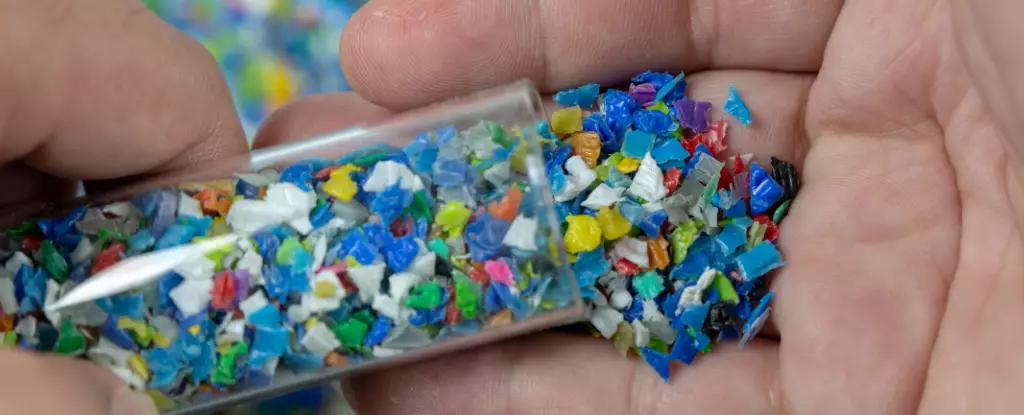In today’s world, the presence of plastics and the myriad chemicals that accompany them is inescapable. While the convenience of plastic in our daily lives has been established for decades, recent research sheds light on the alarming extent of our exposure to plasticizers, particularly in urban environments. These findings not only impact our understanding of plastic’s role in society but also highlight significant health concerns associated with these ubiquitous chemicals.
A pivotal study conducted by researchers at the University of California, Riverside (UCR), reveals that residents of Southern California face exceptionally high levels of exposure to plasticizers. Toxicologist David Volz emphasizes the universality of this issue, stating that, “No matter who you are, or where you are, your daily level of exposure to these plasticizer chemicals is high and persistent.” This assertion indicates that plasticizers are not solely a concern for specific populations; rather, they infiltrate the lives of nearly everyone.
The study involved equipping 137 students from UCR with silicone wristbands for five days. These wristbands acted as sponge-like absorbers, soaking in environmental toxins. After analyzing the data, researchers discovered alarmingly high concentrations of harmful substances, challenging preconceived notions regarding the safety of plastics.
Among the several plasticizers prevalent in daily life, phthalates such as DEHP (di (2-ethylhexyl) phthalate) and DiNP (di-isononyl phthalate) have garnered particular attention. These chemicals have been linked to severe health issues, including an increased risk of cancer, adverse effects on reproductive health, and implications for child development. California’s legislative response, which includes banning DEHP from medical applications and its regulated use in children’s products, is a step towards mitigating these risks. However, the continuation of exposure at high levels raises questions about the effectiveness of such measures.
The research findings suggest that even with restrictive laws, residents in Southern California remain at risk due to the pervasive nature of these chemicals in everyday products ranging from food packaging to household cleaners. Notably, DEHT (di(2-ethylhexyl) terephthalate), introduced as a supposedly safer alternative to traditional phthalates, remains poorly understood, prompting researchers to caution against assuming its safety given our limited knowledge of its long-term health effects.
Interestingly, the phenomenon of high plasticizer exposure is not limited to California. Similar patterns have emerged on the East Coast of the United States, indicating a broader national issue. A staggering 94-97 percent of the plasticizers absorbed by the wristbands worn by participants were concentrated in just three types: DiNP, DEHP, and DEHT. This widespread contamination suggests that industrial and consumer practices across the country are overwhelmingly reliant on these harmful substances.
Moreover, the Environmental Protection Agency (EPA) has recognized the urgency of this situation. In light of new evidence surrounding the potential carcinogenic properties of these compounds, the EPA is taking a closer look at phthalates like DEHP and DiNP. Preliminary findings indicate that these chemicals can cause significant liver damage and might elevate cancer risk with higher exposure levels. This heightened attention from regulatory bodies represents a critical turning point in the fight against plastic-related health risks.
The prevalent use of plasticizers in our daily lives poses undeniable health risks that demand immediate action. With research highlighting their severe health implications, it has become essential for individuals and policymakers alike to advocate for stricter regulations around plastic use and disposal. Improved public awareness about the dangers of plastic chemicals can lead to more informed choices in consumer products and promote research into safer alternatives.
As society continues to confront the reality of plastic pollution and its consequences, the need for a collective movement toward reducing plastic reliance cannot be overstated. Only through concerted efforts will we be able to safeguard public health and environmental integrity in an age dominated by plastic.


Leave a Reply